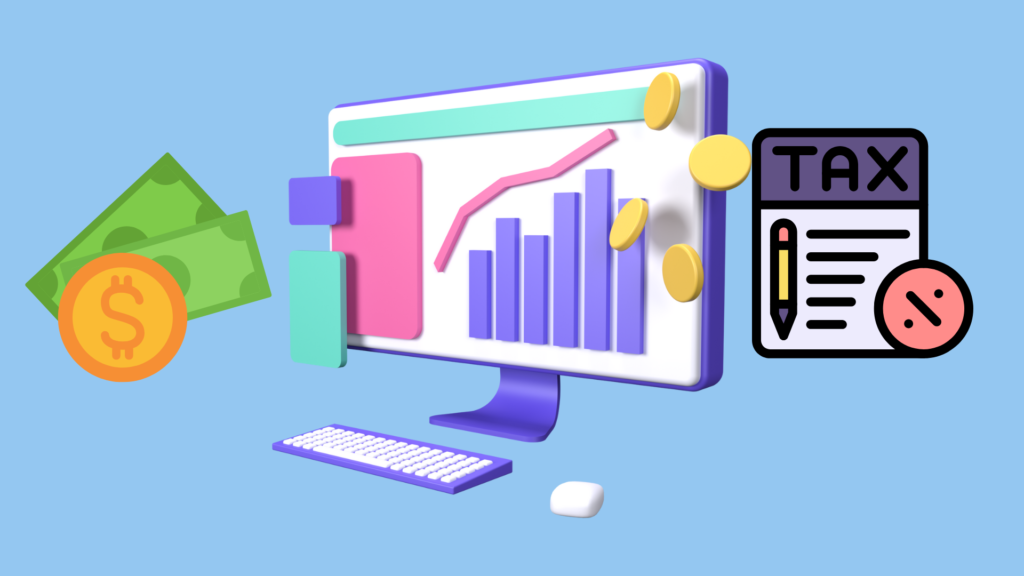When a company declares and pays cash dividends, it involves several journal entries to properly record the transaction.

How to Record Journal Entry for Cash Dividends?
When a company declares and pays cash dividends, it involves several journal entries to properly record the transaction. Here’s how to handle cash dividends in the accounting records:
1. Declaration of Dividends
When the board of directors declares a dividend, a liability is created for the amount of the dividend payable.
Journal Entry to Declare Dividends:
| Date | Account | Debit | Credit |
|---|---|---|---|
| [Declaration Date] | Dividends Declared (or Dividends) | $X | |
| Dividends Payable | $X |
- Dividends Declared (or Dividends): This is a temporary account that reflects the amount of dividends declared. It is closed out at the end of the period.
- Dividends Payable: This is a liability account that reflects the amount the company owes to shareholders.
2. Payment of Dividends
When the company actually pays the dividends, the liability is settled, and cash is reduced.
Journal Entry to Pay Dividends:
| Date | Account | Debit | Credit |
|---|---|---|---|
| [Payment Date] | Dividends Payable | $X | |
| Cash | $X |
- Dividends Payable: This account is reduced to zero when the dividend is paid.
- Cash: This account is reduced by the amount of the dividend paid.
Example
Let’s consider a company that declares and pays $5,000 in cash dividends. Here’s how the journal entries would look:
Declaration of Dividends:
| Date | Account | Debit | Credit |
|---|---|---|---|
| [Date] | Dividends Declared | $5,000 | |
| Dividends Payable | $5,000 |
Payment of Dividends:
| Date | Account | Debit | Credit |
|---|---|---|---|
| [Date] | Dividends Payable | $5,000 | |
| Cash | $5,000 |
Additional Considerations
- Record Date: The date on which dividends are declared is called the declaration date. The payment date, on which the dividends are actually distributed to shareholders, is the payment date.
- Dividend Amount: Ensure the amount of dividends declared and paid matches the number of shares outstanding and the dividend per share.
- Accounting Treatment: Dividends are not recorded as expenses; they are distributions of profit. Therefore, they do not affect the income statement but reduce retained earnings on the balance sheet.
- Stock Dividends: If dividends are paid in the form of additional shares (stock dividends) instead of cash, the entries will be different, affecting equity accounts rather than cash.
Properly recording dividends ensures accurate financial reporting and maintains transparency in financial statements.
Leave a Reply